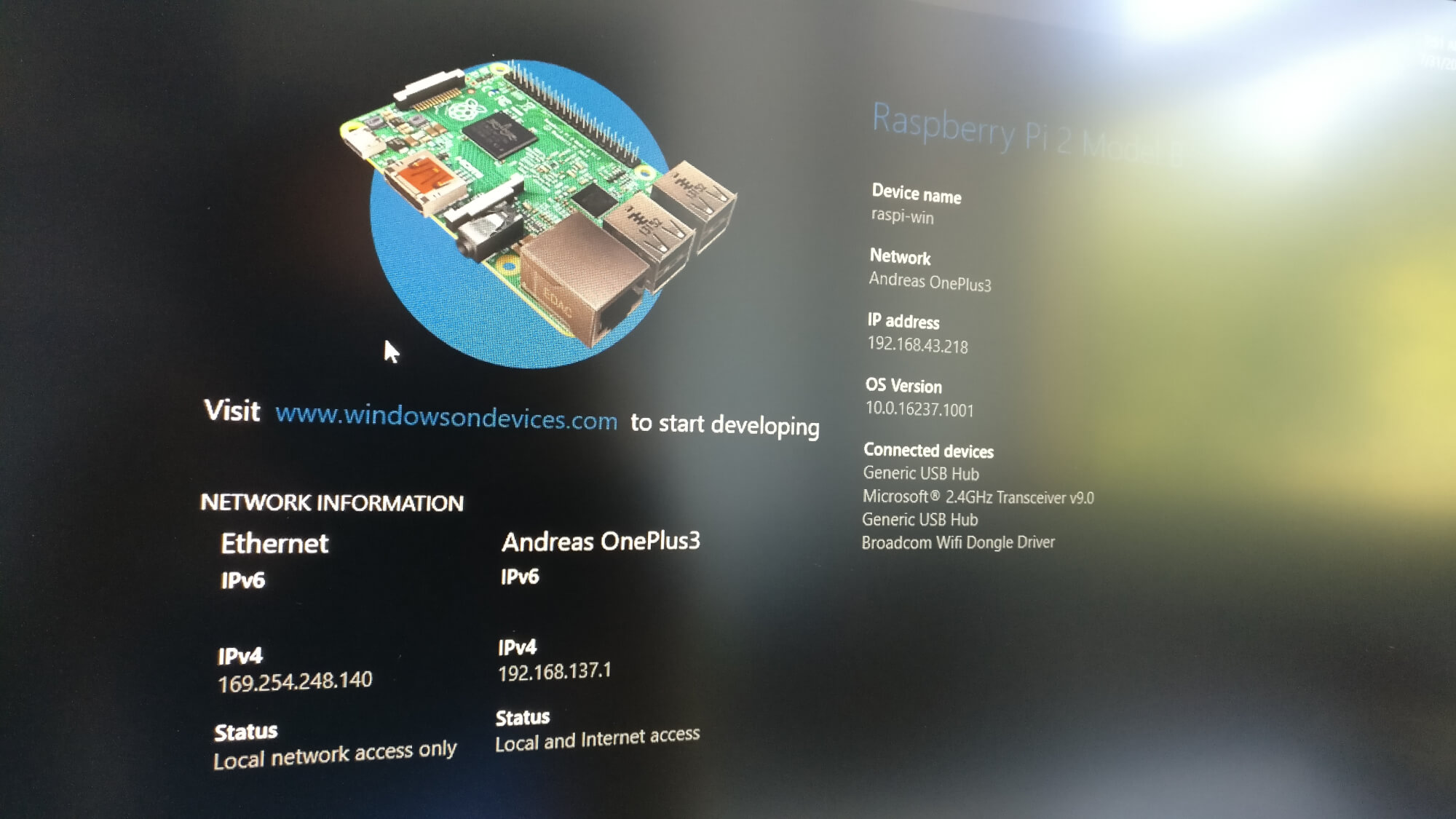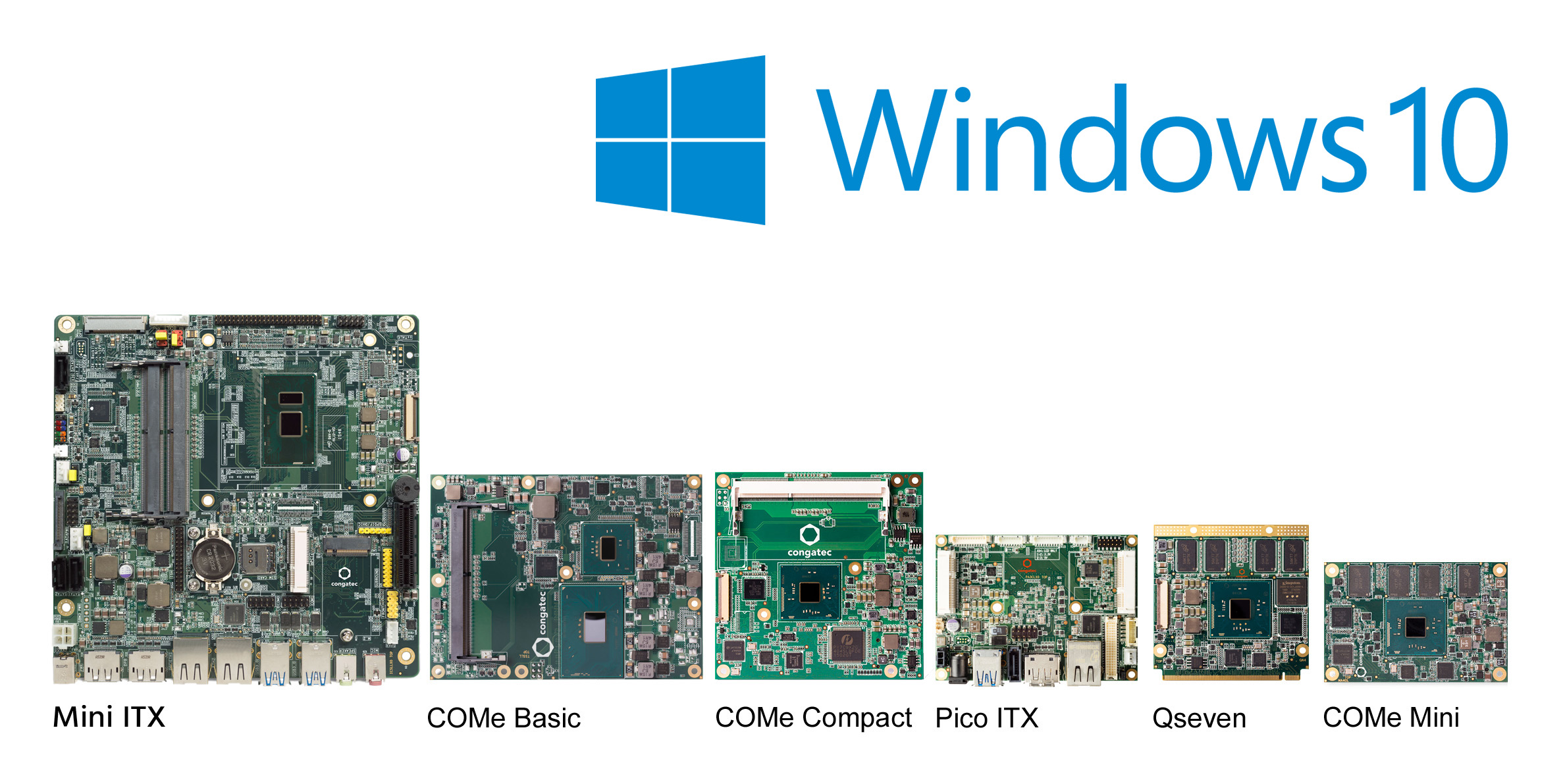So, you're probably here because you've been hearing a lot about IoT and SSH lately, right? And maybe, just maybe, you're wondering how to combine these two tech wonders to make your life easier. Well, buckle up, because we're diving headfirst into the world of IoT SSH on Windows 10. This is going to be one heck of a ride! Imagine being able to control your devices from anywhere in the world. Sounds cool, doesn’t it? Let’s make it happen.
Now, if you're anything like me, you’ve probably tried to set up IoT SSH before and ended up with more questions than answers. Don’t worry, you're not alone. The process can get a little tricky, but with this guide, we’re going to break it down step by step. Think of me as your tech-savvy buddy who’s got your back.
Here’s the deal: IoT SSH isn’t just some fancy buzzword. It’s a game-changer for anyone who wants to manage their devices remotely. Whether you’re a tech enthusiast or just someone looking to streamline their workflow, this guide is for you. Let’s get started, shall we?
- Temporary Replacement Ep 3 Hyungry A Deep Dive Into The Shows Hype And Highlights
- Hottest Hub For Bollywood Fans Exploring The World Of Vegamovies Hindi Movies
What Is IoT SSH and Why Should You Care?
Alright, let’s start with the basics. IoT stands for Internet of Things, and SSH stands for Secure Shell. Put them together, and you’ve got a powerful combo that lets you securely access and manage IoT devices from anywhere. It’s like having a remote control for your entire tech setup.
But why should you care? Well, imagine this: you’re on vacation in Bali, sipping on a cold drink, and suddenly you remember that you left your home security system off. With IoT SSH, you can hop onto your laptop, log in, and fix the issue in seconds. No need to panic or cut your trip short.
Or maybe you’re a developer who needs to troubleshoot a server issue while working from a coffee shop. Instead of rushing back to the office, you can use IoT SSH to access your system and resolve the problem on the spot. It’s convenience at its finest.
- Masahub 2com Your Ultimate Guide To Discovering The Best Online Platforms
- Rhea Ripley Nude Debunking Myths And Understanding Privacy In The Spotlight
Key Benefits of Using IoT SSH
Let’s take a quick look at why IoT SSH is such a big deal:
- Remote Access: Control your devices from anywhere in the world.
- Security: SSH ensures that your connections are encrypted and secure.
- Flexibility: Work with a wide range of devices, from smart home gadgets to industrial machines.
- Cost-Effective: No need for expensive hardware or complex setups.
Setting Up IoT SSH on Windows 10
Now that you know why IoT SSH is awesome, let’s talk about how to set it up on Windows 10. Don’t worry if you’re not a tech wizard—this guide is designed to be beginner-friendly. Follow along, and you’ll be up and running in no time.
Step 1: Enable the OpenSSH Client and Server
Windows 10 comes with built-in support for OpenSSH, which makes setting up IoT SSH a breeze. Here’s what you need to do:
- Go to Settings > Apps > Optional Features.
- Click on Add a Feature.
- Search for OpenSSH Client and OpenSSH Server, then click Install.
Once the installation is complete, you’ll have everything you need to start using SSH on your Windows 10 machine.
Step 2: Configure the SSH Server
With the OpenSSH Server installed, it’s time to configure it so that it works seamlessly with your IoT devices. Here’s how:
- Open the Services app by typing services.msc in the search bar.
- Find the SSH Server service and double-click it.
- Set the Startup type to Automatic and click Start.
That’s it! Your SSH server is now up and running.
Connecting to IoT Devices via SSH
Now that your Windows 10 machine is all set up, it’s time to connect to your IoT devices. Here’s how you can do it:
Step 1: Find the IP Address of Your IoT Device
Every IoT device has a unique IP address that you’ll need to connect via SSH. Here’s how to find it:
- Check the device’s settings or user manual for its IP address.
- Alternatively, log into your router and look for the device in the connected devices list.
Step 2: Use the Command Prompt or PowerShell
Once you have the IP address, open the Command Prompt or PowerShell on your Windows 10 machine and type the following command:
ssh username@IP_address
Replace username with your device’s username and IP_address with the actual IP address of your IoT device.
Securing Your IoT SSH Connection
Security is key when it comes to IoT SSH. You don’t want unauthorized users gaining access to your devices, do you? Here are a few tips to keep your connection safe:
TIP 1: Use Strong Passwords
Make sure your IoT devices have strong, unique passwords. Avoid using common passwords like 123456 or password. Instead, opt for something like P@ssw0rd2023!
TIP 2: Enable Key-Based Authentication
Key-based authentication is a more secure alternative to password-based authentication. Here’s how to set it up:
- Generate an SSH key pair by running the command
ssh-keygenin the Command Prompt or PowerShell. - Copy the public key to your IoT device by running the command
ssh-copy-id username@IP_address. - Test the connection by logging in without entering a password.
TIP 3: Use a Firewall
A firewall can help protect your IoT devices from unauthorized access. Make sure your router’s firewall is enabled and configure it to only allow SSH connections from trusted IP addresses.
Common Issues and How to Fix Them
Even with the best intentions, things can sometimes go wrong. Here are some common issues you might encounter and how to fix them:
Issue 1: Connection Refused
If you’re getting a Connection Refused error, it could mean that the SSH server isn’t running. Double-check that the SSH service is set to Automatic and is currently running.
Issue 2: Permission Denied
A Permission Denied error usually indicates a problem with your username or password. Double-check that you’re using the correct credentials and try again.
Issue 3: Slow Connection
If your connection is slow, it could be due to network congestion or a weak signal. Try moving your IoT device closer to the router or switching to a wired connection if possible.
Best Practices for IoT SSH
Here are some best practices to keep in mind when using IoT SSH:
- Regularly update your devices and software to ensure they’re secure.
- Monitor your connections for any suspicious activity.
- Document your setup process so you can easily troubleshoot issues in the future.
Advanced Features of IoT SSH
Once you’ve mastered the basics, you can start exploring some of the advanced features of IoT SSH. Here are a few ideas to get you started:
Feature 1: Port Forwarding
Port forwarding allows you to access your IoT devices from outside your local network. This can be particularly useful if you need to manage your devices while traveling. Just make sure to configure your router’s firewall settings carefully to avoid security risks.
Feature 2: Automated Scripts
Automated scripts can save you a ton of time by performing repetitive tasks for you. For example, you could write a script to automatically back up your IoT device’s data every night.
Real-World Applications of IoT SSH
IoT SSH isn’t just for tech enthusiasts. It has a wide range of real-world applications that can benefit businesses and individuals alike. Here are a few examples:
- Remote Monitoring: Use IoT SSH to monitor environmental conditions in real-time.
- Smart Home Automation: Control your smart home devices from anywhere in the world.
- Industrial IoT: Manage industrial machines and equipment remotely to improve efficiency.
Conclusion
And there you have it—a comprehensive guide to using IoT SSH on Windows 10. Whether you’re a tech enthusiast or just someone looking to streamline their workflow, IoT SSH has something to offer everyone. By following the steps outlined in this guide, you can securely access and manage your IoT devices from anywhere in the world.
So, what are you waiting for? Dive in, experiment, and see what you can achieve. And don’t forget to share your experiences in the comments below. Who knows? You might just inspire someone else to take the plunge into the world of IoT SSH.
Table of Contents
- The Phenomenon Of Sophie Rains Spiderman Vid A Story That Captures Hearts
- Ikura De Yaremasu A Comprehensive Guide To Understanding And Mastering The Concept


